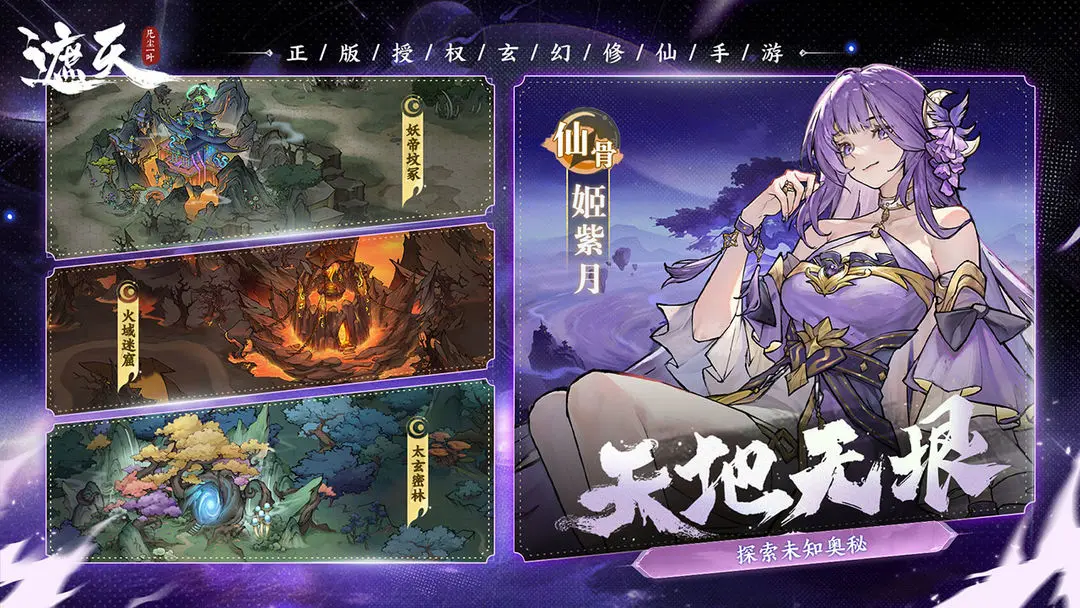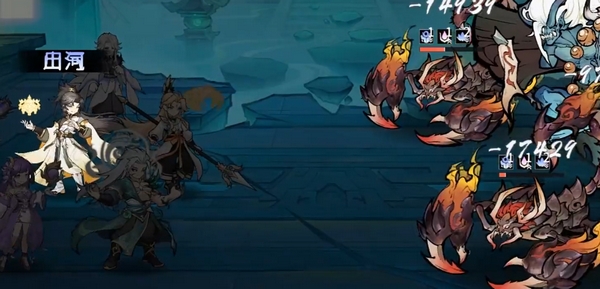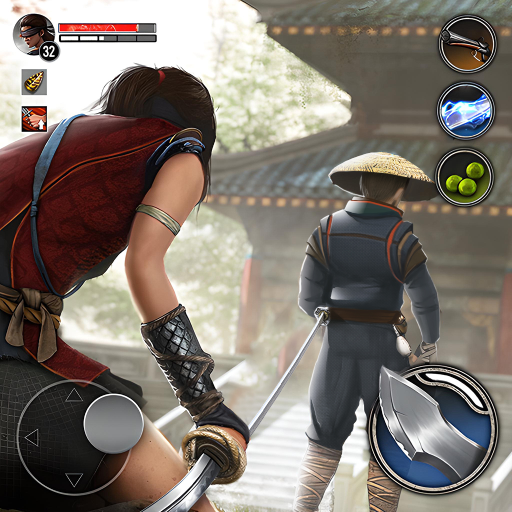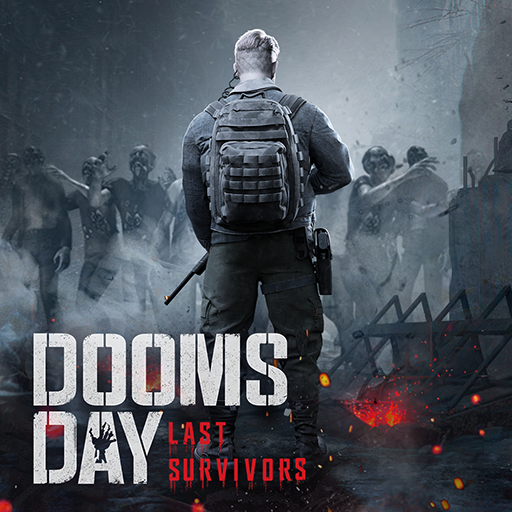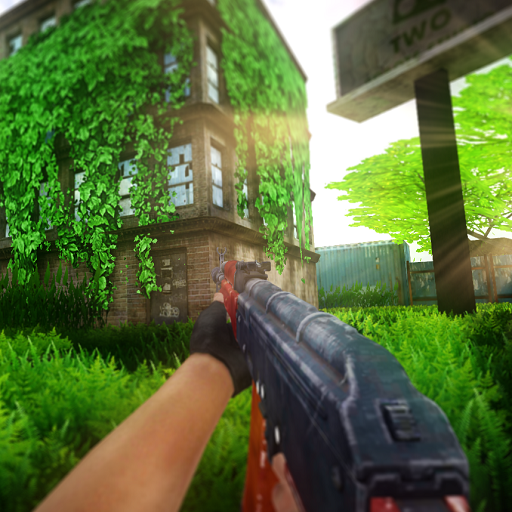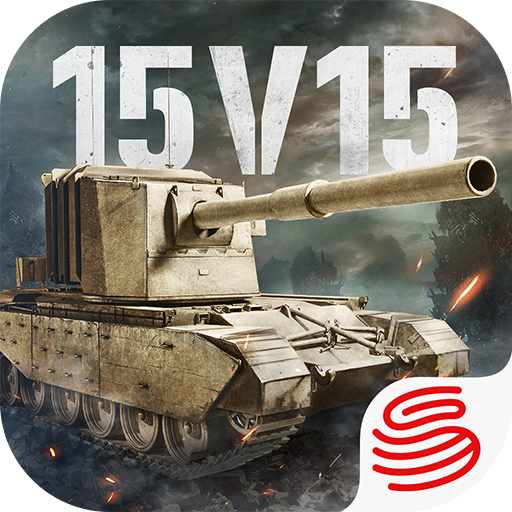In the game of Tantan Planet, many new players often miss, hit with insufficient force, or use too much force due to inaccurate distance judgment when they first start. To achieve precise hits, the first step is to master the method of measuring distance. For players who still don't know how to measure distance in Tantan Planet, let's take a look at this overview of distance measurement methods in Tantan Planet, which will definitely teach you step by step.
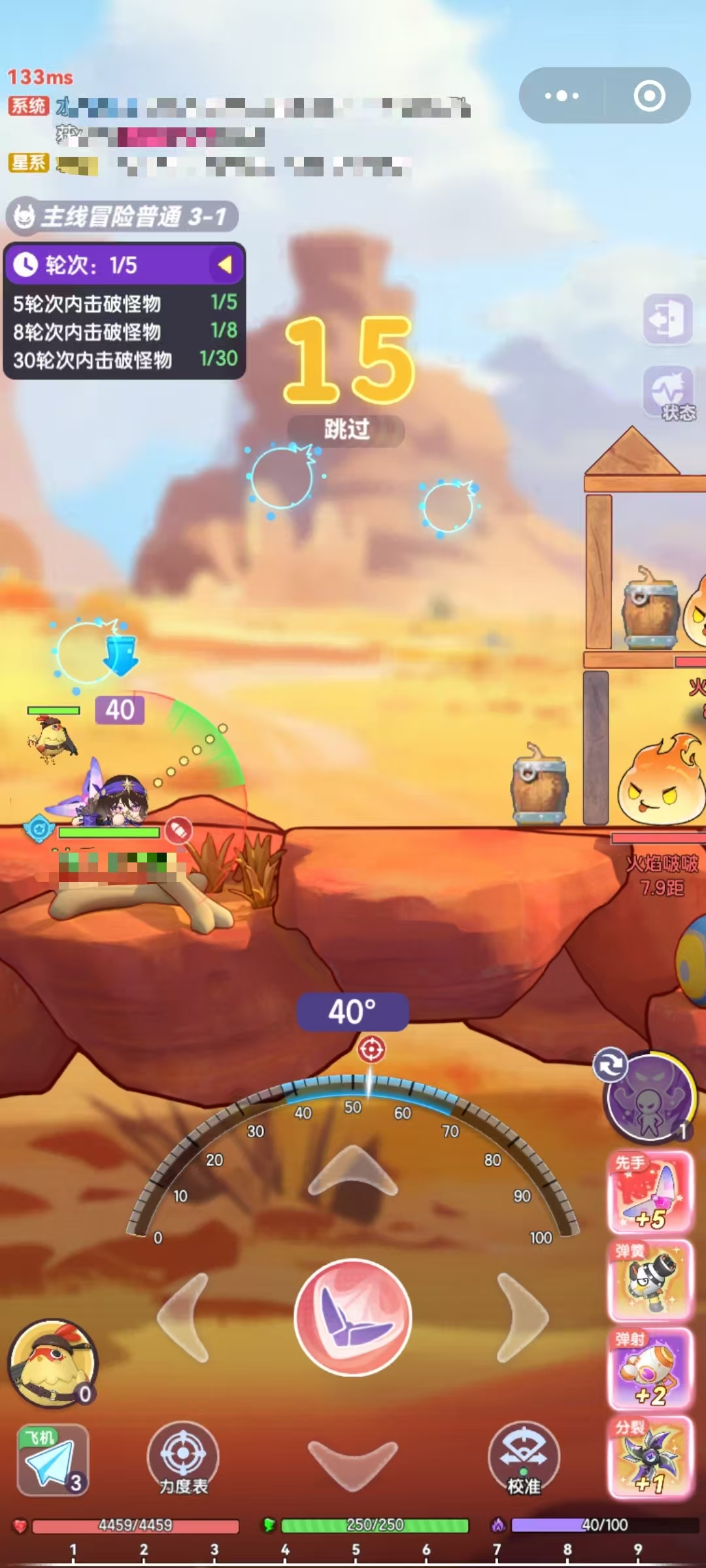
In the game's battle interface, the most intuitive way to measure distance is to observe the ruler at the bottom of the screen. This ruler usually divides the entire screen into 10 segments, each segment can be considered as "1 unit of distance". By estimating visually how many segments you are horizontally away from the target, you can roughly estimate the distance between both parties. Although this method involves manual calculation, it is simple and clear, especially suitable for stationary targets or for the first exploratory attack at the beginning. Of course, it has some error, especially in scenarios with large terrain undulations or angle changes.
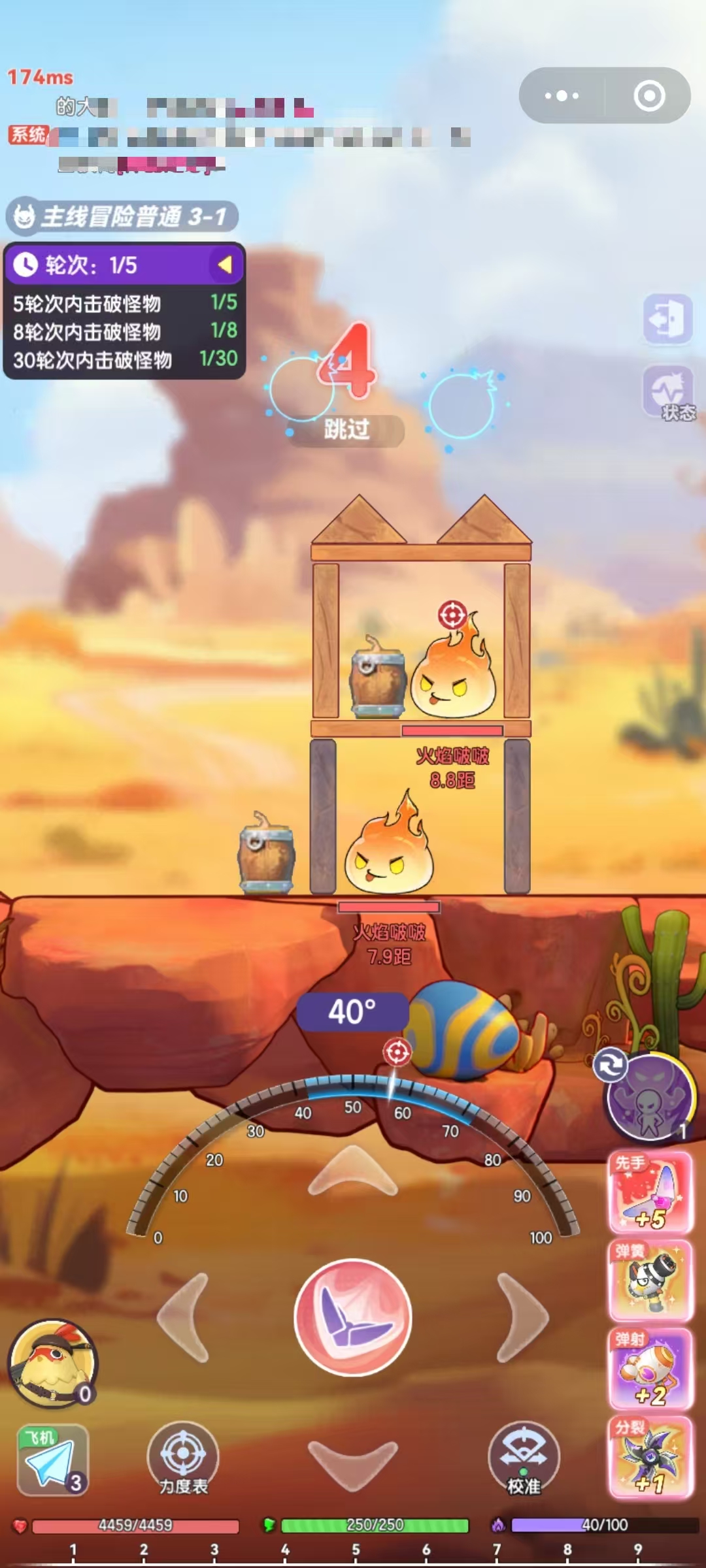
Besides directly reading the values, there is also a more advanced method of measuring distance, which is using the "Command - Positioning" function. When you open tactical commands in the lower left corner of the interface, you can mark any position on the map and display its exact coordinates. You can calculate the distance more scientifically by checking the difference in coordinates between yourself and the target, especially useful for high-level players to calculate oblique trajectories or make fine adjustments under conditions with significant wind influence. In addition, this method is very practical in team battles, used for coordinated aiming or pre-emptive interception of enemy movement directions.
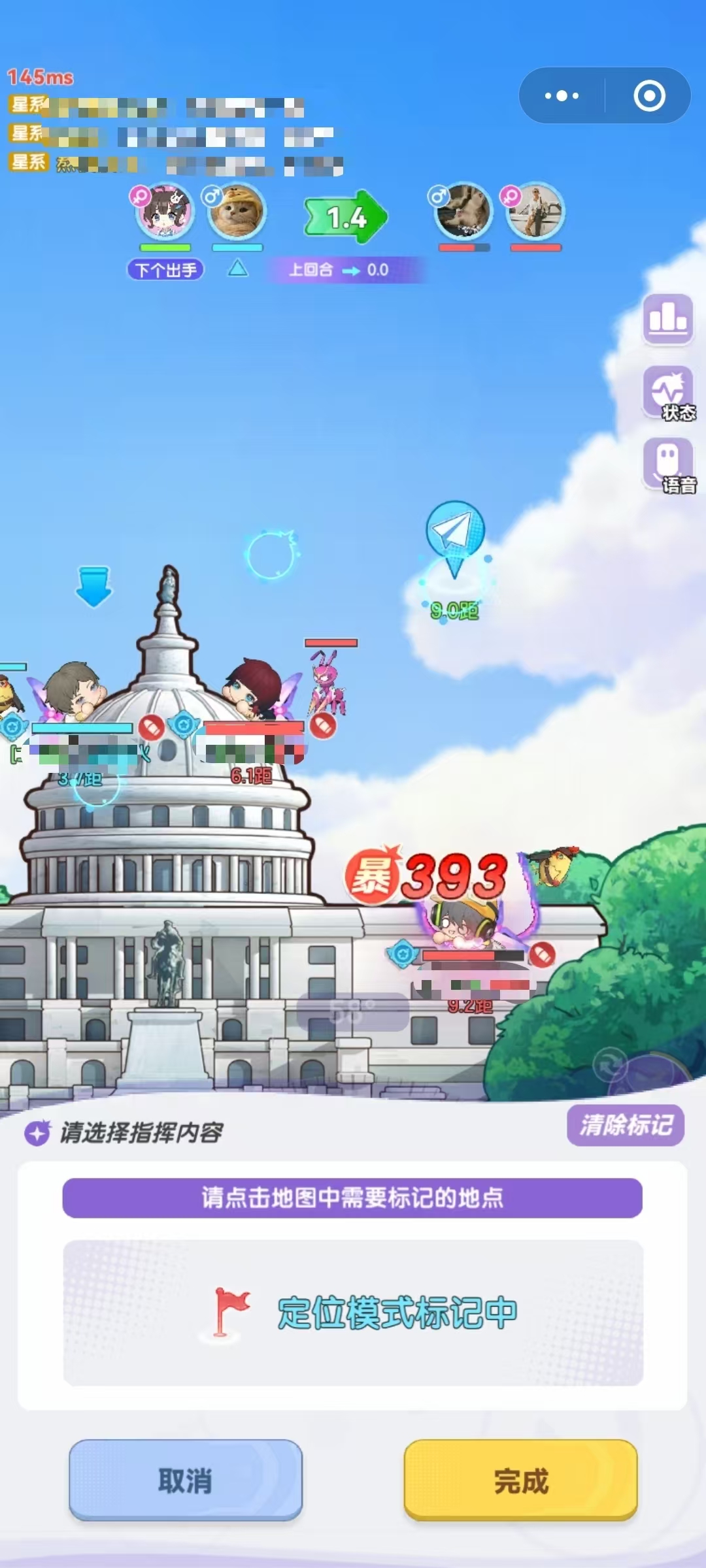
Each character and weapon has slightly different ballistics; some bullets fly fast and land stably, suitable for medium-range rapid suppression; others tend to be high-throwing, with penetration effects, more suitable for long-range attacks. During practice, try different angles and forces to see the ballistic effects. As you accumulate experience, you'll naturally be able to "shoot upon estimation, with no error in landing points."

Measuring distance is just the first step; what truly affects the hit rate are factors like wind, terrain, and angles. Wind can cause bullets to deviate in the air; with tailwind, bullets travel farther, while headwind requires more force, and crosswinds need angle adjustments to compensate for deviations. Terrain determines your trajectory design, such as when enemies hide behind high platforms, pits, or obstacles, conventional shooting won't work, so you need to use high-throwing or bouncing trajectories. Angle selection is also crucial; low angles shoot faster but less stably, while high angles are suitable for long-distance precise shots. To improve hit rates, all these factors must be considered comprehensively.

The above is the complete introduction to how to measure distances in Tantan Planet. Mastering the distance measurement techniques in Tantan Planet is an essential path from a novice to a high-level player. As long as you are willing to invest time in practice, summarization, and forming your own shooting habits, your hit rate will definitely improve significantly.
